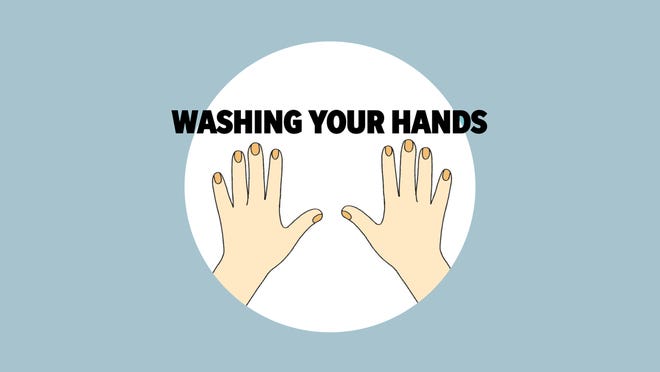Graig Graziosi The Independent March 6, 2020

Reuters
While Senator Bernie Sanders - a Jewish man born in 1941 and whose family members were murdered during the Holocaust - spoke to a crowd in Phoenix, Arizona, a man in the crowd waved a Nazi flag behind him.
The flag waved for only a few seconds before Mr Sanders’ supporters in the audience ripped the red, white and black flag from man’s hands. Video of the event appears to show the man thrusting his arm into the air in a “Heil Hitler” salute before he was grabbed and escorted from the rally.
Video shows the man using the n-word while yelling at a black Sanders supporter as he’s being ejected from the venue.
Mr Sanders apparently did not see the flag, but did see the protester being dragged from the arena.
“Whoever it was, I think they’re a little outnumbered tonight,” Mr Sanders said.
Though Mr Sanders hasn’t spoken on the incident directly, his campaign manager Mike Casca told Buzzfeed News that Mr Sanders “is aware of the flag with the swastika on it and is disturbed by it.”
The Washington Post reported that the man waving the Nazi flag was not the only protestor at the event. People waving flags supporting President Donald Trump and supporters of Mr Sanders also had minor encounters and were apparently removed from the arena.
Jonathan Greenblatt, CEO of the Anti-Defamation League, said he was worried this instance would not be the last anti-semitic act to happen during the campaign.
"Good people, regardless of how they vote, should call this out in no uncertain terms," he said. "I worry we'll see more of this."
The Maricopa County Democratic Party Steven Slugocki condemned the protester.
“We can argue about which candidate should get the Dem nomination, but anti-semitic acts have no place in this world. This is absolutely abhorrent,” he said.
The incidents have prompted calls from the public for Secret Service protection for both Mr Sanders and Mr Biden, suggesting the agency was “unprepared for candidate protection.”
During a campaign visit to Los Angeles, former vice president Joe Biden was interrupted during a speech when vegan protesters stormed the stage. Before that, protesters in Nevada stormed a stage where Mr Sanders was speaking, ripped the microphone away from him and poured milk on themselves after taking their shirts off.
While dairy protesters and vegans are in no way equatable to Nazi-sympathizing white supremacists in terms of ideological repulsiveness, the fact that the protesters have been able to get close enough to touch the candidates on more than one occasion suggests security concerns are not unfounded.
The Department of Homeland Security responded to the criticism in a statement released ahead of Mr Sanders’ rally on Thursday.
“The Agency remains fully prepared to execute this vital mission and any suggestion to the contrary breeds unfounded public concern and irresponsibly misrepresents the skill and professionalism of our workforce,” the statement said.











